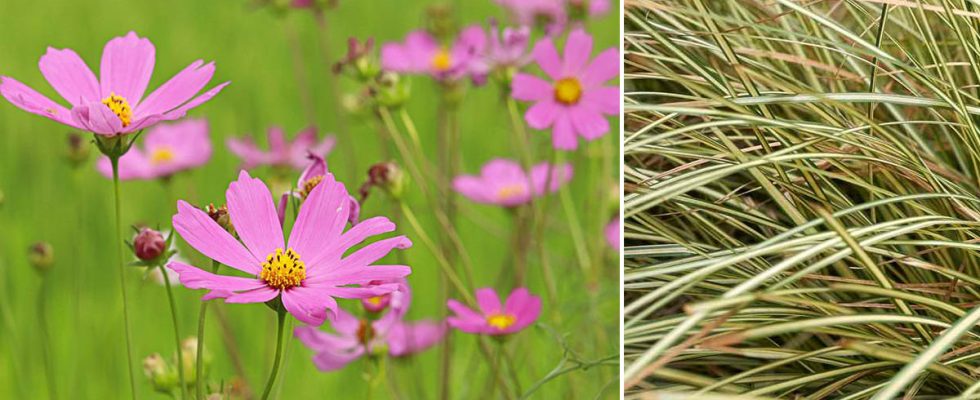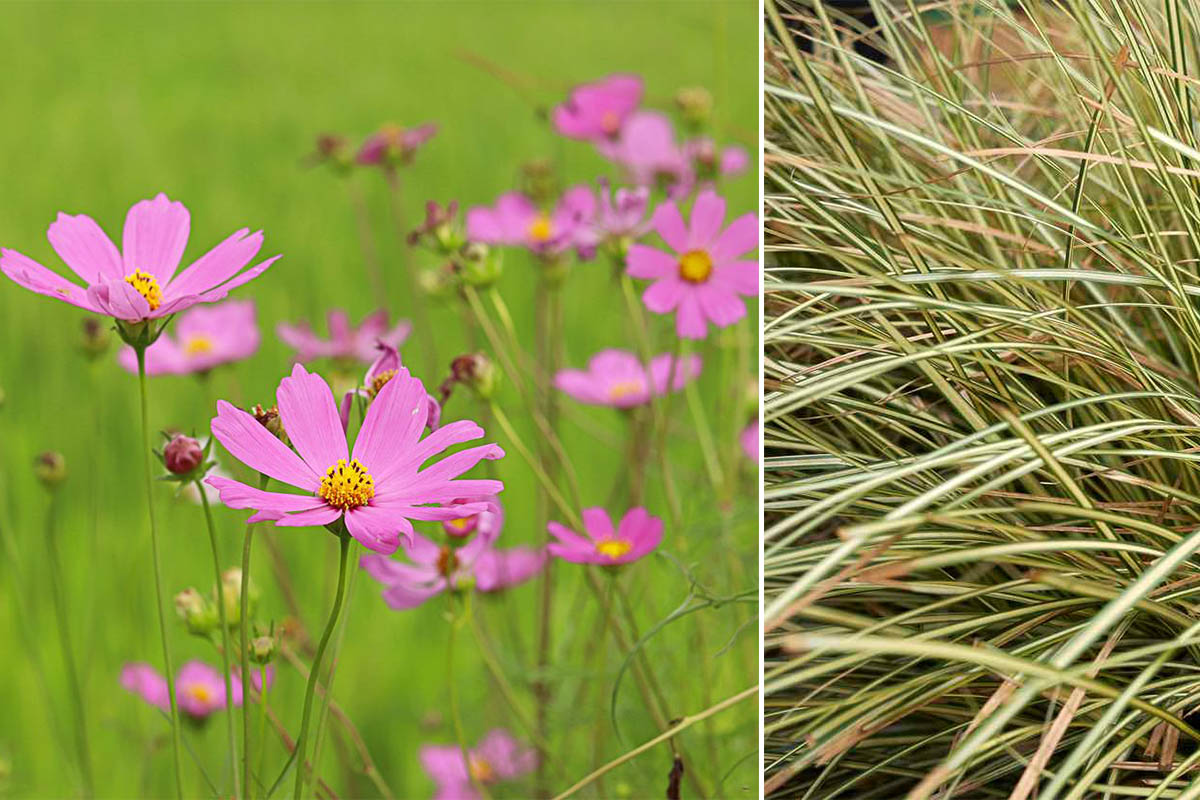
The best perennials for a shaded bed
Hellebores


Hellebores are all perennials, whatever their variety. These plants give very pretty flowers from November to April which allows you to adorn your garden during this slightly off season. They enter a rest period during the summer.
They come in very varied shades from yellow to slate, including blue and pink. The sepals can sometimes be veined or dotted with a different color. Species with double flowers are also very attractive and they offer a slightly sophisticated look. The buttons age very slowly and remain pretty for a long time, they are very decorative. This plant generally measures between 40 and 50 cm, but some varieties reach 80 cm.
THE palmate and serrated foliage is also ornamental.
Hostas
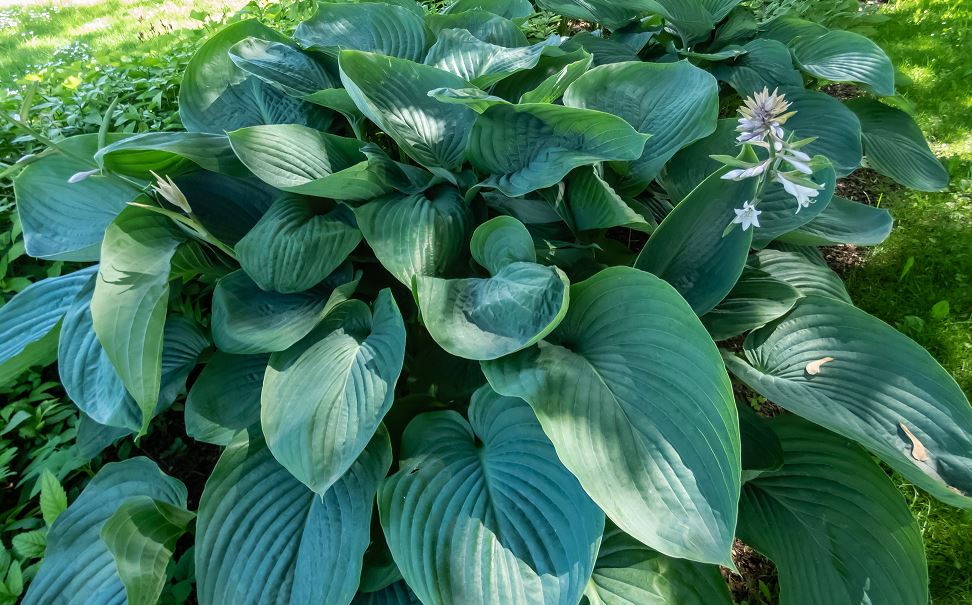

Hostas appreciate shady beds and these hardy ground cover perennials are easy to maintain. The average size of hostas is 50 to 50 cm, but some can top out at over a meter. They are easily grown and require little care. We love their plain fleshy foliage which comes in yellow, bold green or blue tones.
Some varieties offer variegated foliage that is also very aesthetic. It presents an originality: its embossed appearance and its golden hues in autumn. Its flowers are reminiscent of lilies and some are fragrant or double. They adorn the garden with their beautiful lilac, pink or white shades, from June to autumn.
Epimediums
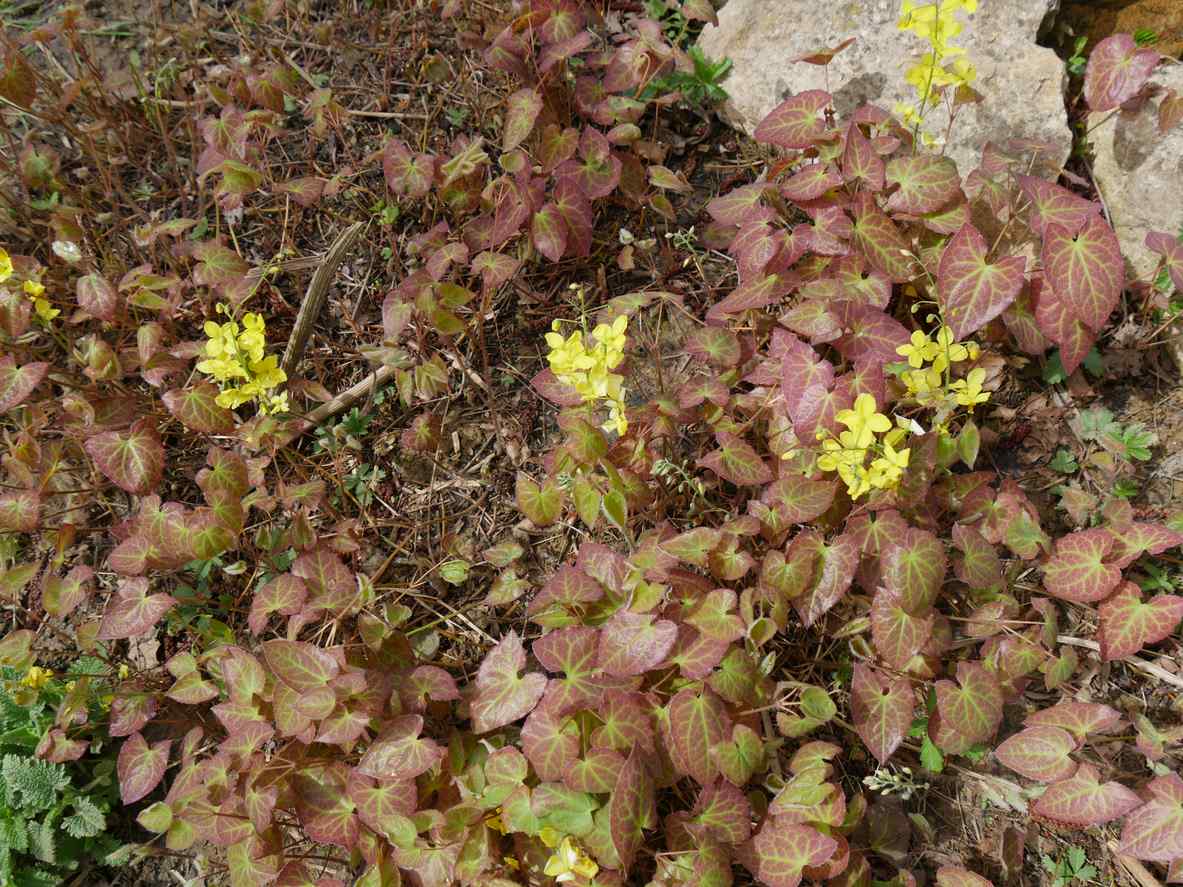

Epimediums are also perfect ground covers in shade beds. They come in around sixty species, some of which are evergreen and others deciduous.
Their pretty decorative foliage and their beautiful flowering in spring give them an indefinable charm. The foliage is thick and has an arrow or heart shape, it can be serrated or thorny.
It turns red, brown or purple in autumn and offers interesting speckles and marbling. Its flowers, nicknamed elf flowers, are small, but bring a slightly exotic look to your flower bed. They evoke orchids or columbines. They offer purple, orange, pink, yellow or white shades. They are sometimes two-tone.
Sedges
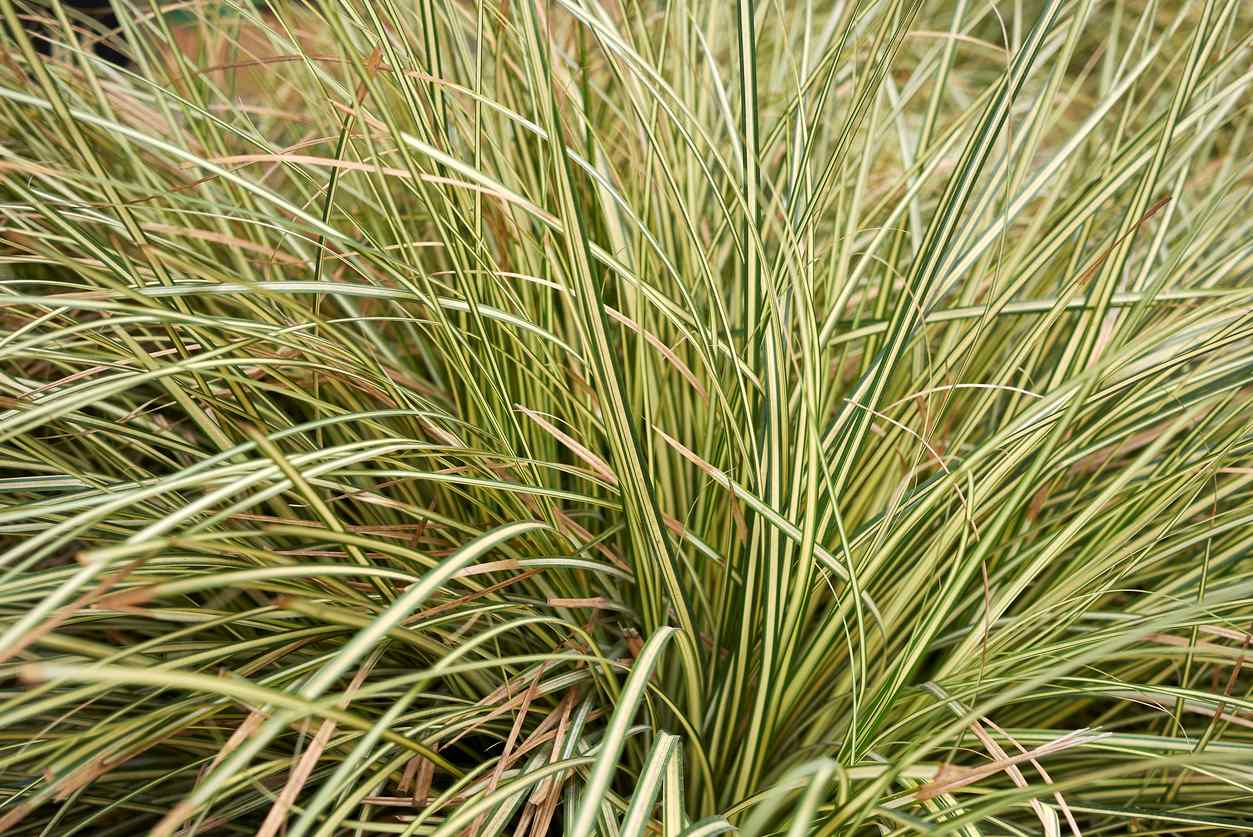

Their main advantage is their evergreen foliage which allows them to adorn the massif even in winter. The leaves can be variegated or plain and of different shades, in all cases they are fine and linear. Most varieties are very hardy and tolerate cold. They have a loose, drooping shape. Some species look best when grown in shade.
Vincas or periwinkles


The advantage of periwinkles is their robustness and their ease of multiplication in the most difficult and shady soils. They also quickly become very invasive when they are not controlled.
These ground-covering plants root very easily in the ground and smother weeds. They grow rapidly and offer delicate flowers between April and June. They take on shades of different blues, and are sometimes white or mauve. Some varieties flower again during the fall, we then speak of everbearing plants. As periwinkle is very vigorous, it must be monitored so that it does not prevent other flowers from blooming.
The heucheres


The heucheres include around fifty varieties and are nicknamed “despair of the painter”. These perennials have a good height, between 40 and 50 cm. They flower very wispy from spring to summer.
These honey plants have white, red or pink inflorescences. If the flowers provide a pretty picture for your flowerbed, it is their foliage that attracts attention. Its color varies from green to black, including yellow, pink, orange and purple. Its tufted habit is also appreciated in flowerbeds.
Perennial plants suitable for sunny beds
The red peony


The red peony is perfect for brighten up your flowerbeds from the first days of spring. In addition, it is rustic and undemanding. This perennial plant gives it height since it can reach one meter. It adapts very well to windy areas and appreciates the sun. Its spectacular flowering will convince you with an inflorescence tinged with a beautiful deep red.
The poppy
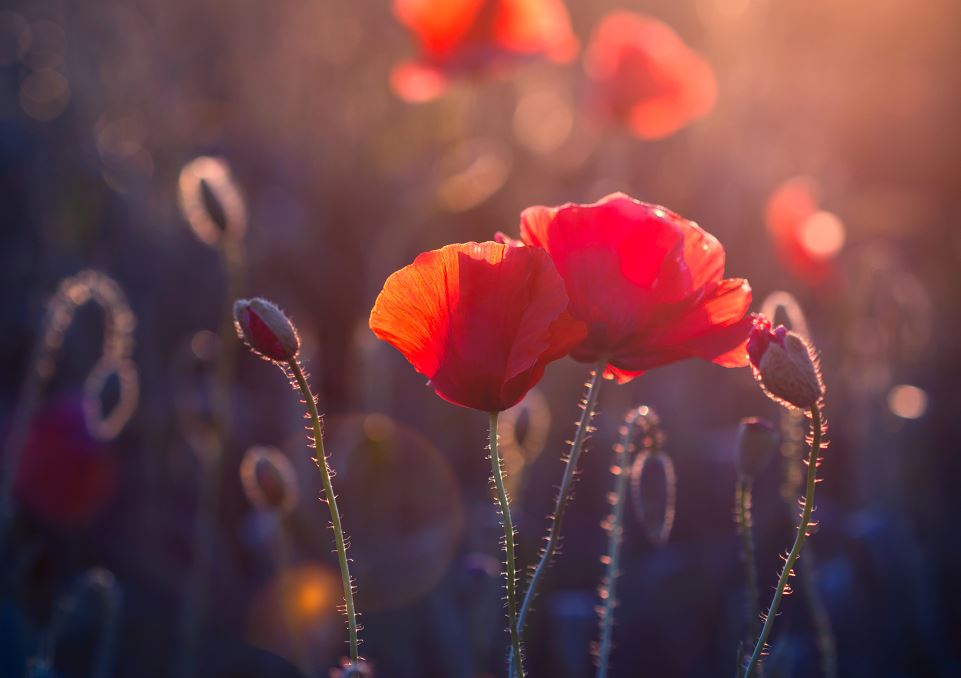

The poppy is a perennial that has large inflorescences offering a varied palette of colors. It is between May and July that you benefit from it. It combines easily with other plants in your flowerbed. It likes well-drained, rich soils and prefers sunny situations.
They are very hardy and require little care. However, it is necessary remove foliage that has yellowed during the summer and faded flowers. You put stakes if they are particularly exposed to very strong winds.
Pink coreopsis


It is a perennial from Central and North America. It flowers from June to October and is covered with superb intense pink flowers and a ruby red heart.
The bright or medium green foliage is finely divided and very aesthetic. It is very hardy and tolerates the winter cold perfectly. She likes sunny places and warmth. The soil must be well drained with a bed of gravel. Until flowering, you water it regularly. It requires little care other than a pruning in August or September.
The Solidago little lemon
This perennial is also called goldenrod and has its origins in North America. Its very bright yellow flowers adorn your flowerbeds. It attracts bees and butterflies. It is easy to grow in sunny and sufficiently drained soils. They must still be pruned once the flowering period is over, as this encourages their growth.
Some species require little water, have delicately scented foliage or display very abundant flowering.

